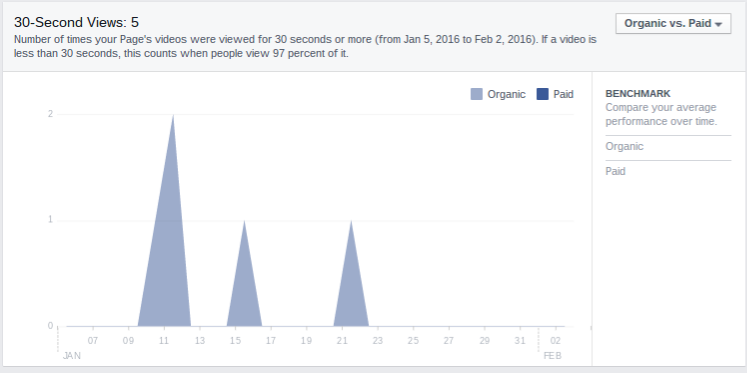Editor’s Note: This article was originally published by Web Marketing Today. Practical Ecommerce acquired Web Marketing Today in 2012. In 2016, we merged the two sites, leaving Practical Ecommerce as the successor.
Carousel link ads, introduced by Facebook last year, allow a business to display multiple images and links within a single ad. According to Facebook, “When comparing carousel link ads to standard link ads, advertisers saw a 30 to 50 percent decrease in cost per acquisition and a 20 to 30 percent decrease in cost per click.”
That makes carousel ads a powerful tool for advertisers, especially small businesses that sell multiple products or services.
Choosing eye-catching images is the most important factor when using carousel ads. Because Facebook users scroll through the News Feed quickly, your ads need to immediately grab their attention.
The next line of defense is your copy. Character limits are even shorter in carousel ads than regular ads. Brevity and creativity are keys, so use the format in imaginative ways to make your ads stand out from the competition.
Here are some examples of standard versus creative uses of Facebook carousel ads, by industry.
Hotels and Accommodations
Standard Use. Carousel ads are ideal for displaying various hotel room features and amenities. Large rooms, comfortable beds, elegant dining, and a hip bar are all the characteristics that will sway customers to choose your location over another.
It’s also the same strategy your competitors use.
Creative Use. Differentiate your location by showing potential customers how close you are to nearby attractions, such as restaurants, nightlife, local scenery, and historic areas.

Use proximity to nearby attractions to gain attention.
Your competition might be just as near to these locations, but prospective customers won’t necessarily know that.
Real Estate
Standard Use. The traditional real estate marketing strategy is to showcase the best properties available in your market and hope the right people see them. However, buyers look at many other factors when hunting for a new house.
Creative Use. Instead of showing prospective buyers houses that look like the dozens of others they’ve seen, highlight the things that truly matter to them. New families will look for areas in good school districts, for example, while others may be interested in neighborhoods with communal pools or gyms.

Highlight the benefits of location instead of just showing houses.
Feature your top real estate agents and detail why customers love them. Incorporate excerpts from reviews and link them to the agent’s profile page on your website, accompanied by clear calls to action.
Restaurants
Standard Use. Customers want to see the food you serve above anything else, which is why clear, professionally photographed images of plated meals work so well.
Again, this is likely the same approach used by your competitors.
Creative Use. These days, “farm-to-table” factors into the customer’s decision-making when choosing a restaurant. Set yourself apart by illustrating the entire process, within reason. Include images of wide open fields, a beautiful cut of beef marinating in locally-sourced seasoning, a sizzling steak with deep grill marks, and a finished plate garnished with local produce.

Show more than the finished meals.
Taking prospective patrons through each step will distinguish your establishment from other eateries in the area.
Financial Services
Standard Use. Free checking. Mobile deposits. Online payments. While these features are important, just about every bank offers them.
Creative Use. Use your marketing research to find what interests your targeted demographics, and provide relevant information that adds value.
If, for example, your most targeted demographic consists of Millennials, use the carousel ad to create a “Guide to Financial Adulthood.” If you’re targeting parents looking to set up their teenager’s first bank account, tell the parents how to steer their children to financial independence.
Consumer Electronics
Standard Use. In their ads, consumer electronics brands typically display multiple images of the products they offer. Since electronics users tend to be incredibly brand-loyal and won’t switch without sufficient reason, think more strategically.
Creative Use. Demonstrate to the consumer how perfectly your brand fits his or her lifestyle. If you target younger consumers, use images of a phone clipped to the handlebars of a fixed gear bicycle, with the hottest band appearing on the screen. Picture a bearded guy sitting in a local coffee shop, listening to music through quality headphones while typing on his computer.
Be authentic and deeply familiar with your audience, regardless of their age. You don’t want to come across as insincere. Once you lose them, it can be nearly impossible to regain their loyalty.
Set your business apart from competitors by giving consumers something different than the other ads they’ve seen. As with all social media advertising efforts, the key is to think strategically and deliver eye-catching, creative pieces that will get clicks, generate leads, and drive conversions.


